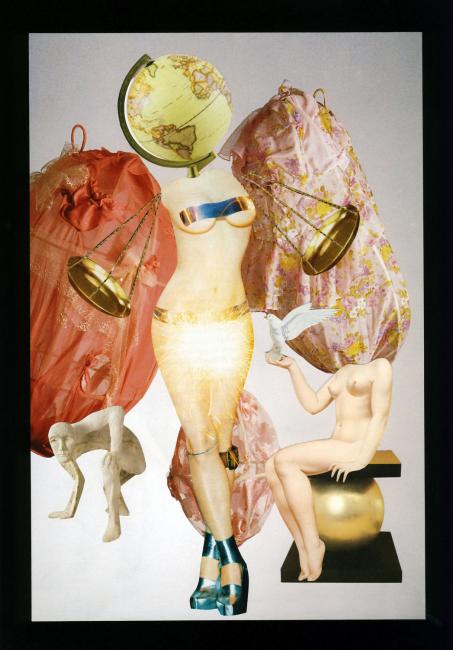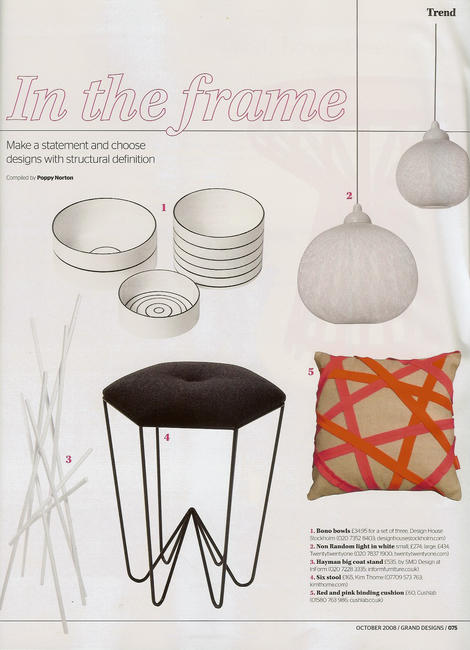Hello and welcome back to our Art and Money series! We hope you enjoyed Part 4, in which we focussed on Marketing and Networking. Throughout the series we’ll be looking at some of the issues to do with art and business, including pricing your work, funding options, generating traffic , and maintaining your success. With a focus on selling online, we’ll be talking to artists who are successfully making money through their art, getting feedback from the buyers of art, and giving you first hand advice on what can at first seem a daunting topic.
Maintaining your success
You’ve put work into getting your name out there, but how do you make sure you’re not a one-click wonder?!
‘The Winner takes it all’ by Julia Bellamy
As an artist, you’re most likely aware of how hard it is to measure success in the creative industries. Some artists make work specifically to sell, and in that case might view continually high sales as success. Others may make work that isn’t as easily sellable, such as installation or site-specific work, and so might view a specific event or commission as more important. Some artists want to avoid making work to sell, in order to maintain their reputation in a certain field, which in turn becomes their measure. But whichever way you view success, it’s important to remember that without continuing to put the work in, it can be fleeting. So it’s essential for artists to understand how to maintain success, and how to avoid becoming yesterday’s news. We hope the following tips help you in this task!
- Keep track of sales – who, where and what – this will help with your mailing lists, contacts database, and audience awareness. We talked about how to establish and learn about your audience in part 2: generating traffic.
- Create work that can be sold again and again. Once you’ve established that you want to make art to sell online, in order to support your art career, it’s important to make links between your most popular selling works. Why do some things sell better than others? What are your audience mainly interested in? Once you’ve learned these things you can begin to utilise this knowledge and create work that can be sold over and over again!
- Keep copies of any reviews, mentions, or articles about your work. Even if you have 1 or 2 things to start with, gradually building a folder of work will be a satisfying and useful resource – and will keep you feeling confident and inspired about your work. If anyone has written about you or given some great feedback, ask for their permission to quote them on your website or have ‘reviews’ section. This is a great tool for building new buyers’ trust in your work.
Rebecca Barton uploads articles featuring her cushion designs to her website. The one pictured above is from Grand Designs Magazine.
- Keep your pricing consistent, within reason. Don’t suddenly start pricing your work a lot lower than you previously sold it for, as this will confuse previous buyers and lose trust in your regular customers. You might want to think about editions of your work, particularly if it is photographic or print-based. However, it’s wise with online selling not to limit yourself at an early stage. At first, people will be looking for affordable options, so having unlimited prints could be a good idea.
- Don’t neglect your blog. Try and stay consistent with how often you post on your blog. People will become used to how you operate as an artist, and this will reflect on how they view your success. A good idea might be to set a weekly blog post theme, such as ‘Friday favourites’, ‘Sunday Scrapbook’ or ‘Monday mood-boards’ (alliteration is key)! This idea allows for you to regularly blog, even if you haven’t been making much work that week. It could just be links to images, snapshots of inspiring things from your week, or sketchbook scans. People will start to look forward to your weekly updates, and it’s a great way to show your ideas process!
- Keep your newsletter list regularly updated. When you meet new people at private views, artist meet-ups and events, try and ask people for their business cards and if they’d mind you adding them to your email list. Keep building up you newsletter list and you’ll have a great way of getting news out about upcoming exhibitions.
- Expand your business. We talked in part 3 about the benefits of hosting workshops and selling your skills. This is a fantastic way to develop your practice whilst earning money. Why not consider other services that are connected to your art, such as ‘How to’ e-books, canvas prints, notebooks/totes/badges with your company name on, art postcards… the list is endless! You may be familiar with the successful interior design blog ‘Decor8’. This is an example of how starting something you’re passionate about can lead to much more than you originally thought. The creator of this blog, Holly Becker, now shares her experience and runs workshops for people on how to run successful, career-focussed blogs.
- Start an online or paper zine. Use your skills and craft knowledge to create specialised articles that others will enjoy! You could also interview other artists and makers, and it might even lead to forming some future contacts within your area.
ArtWeb artist Craig started ‘Body English’ zine, which quickly evolved into much more…

http://bodyenglish.theartistsweb.co.uk/
‘Body English started out as a free magazine but evolved into a clothing company as well as a yearly free festival and also helps to fund, build and design skateparks across the UK. The evolution will continue if you get invovled…….We have just been hooked up with a new distributor ” Roots And Permaculture”..’
- Sign up for Google Analytics to see where your visitors come from. Over time you will get an idea of areas to focus your efforts. For example, if Facebook is generating you a lot of visitors whereas Twitter only a few now and again, you’ll know where to prioritise your social networking based on what’s working for you.
- Keep up the hard work, even in the face of adversity. Sometimes it might seem like you aren’t getting anywhere, no matter how hard you Tweet, Like or Pin! It’s important to remember that in the creative industries, particularly as a self-employed artist, it’s often about the long game. Keep at it and you will get there… don’t give up! A good way to stay motivated when times are hard, is to join an artist peer-mentoring group. We talked in detail about these in our article ‘Collaborate to Succeed’.
That’s it for our Art and Money series! We hope you’ve enjoyed the series, and that our tips and advice has helped you navigate the challenging yet rewarding world of selling art. We’ll be back next month with a new topic… watch this space!
Want to see the rest of the Art and Money series? Here are the links:









